Demand Environmental Justice in Western Colorado
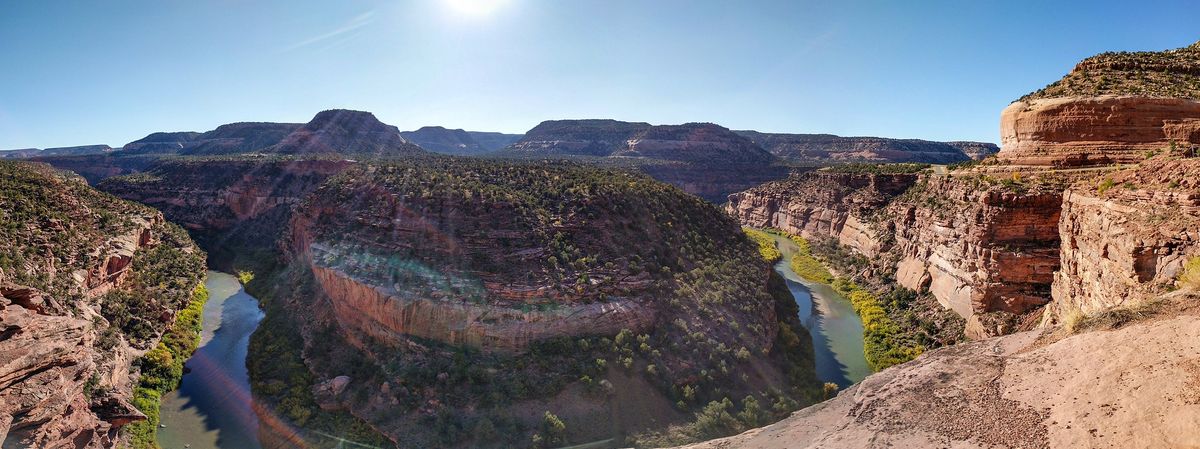
For the past 200 years Western Colorado has been ravaged by mining and fossil fuel profiteering. This is largely because of the complicity of the Bureau of Land Management (BLM).
Thanks to an environmental justice lawsuit, we have a once in a lifetime opportunity to protect much of this land from further exploitation and begin shifting back to a relationship of stewardship and justice that was severed when white settlers colonized the area in the 1800s.
The BLM has two proposals for how it manages the land over the next 20 years. Alternative F is by far the most life affirming plan ever in the bureau's history. The BLM currently prefers a more oil and gas industry-friendly proposal, Alternative E.
We have until November 1, to publicly comment and push the BLM to adopt Alternative F instead.
You can do so by commenting on the Bureau of Land Management website. Backing up your preference with reasons goes further, so read on to learn more about Alternative F.
Past and Present Colonialism
In the 1860s the US government aggressively colonized Western Colorado via duplicitous treaties (that they then broke), racist misinformation campaigns by the press against the Utes and ultimately military force.
This colonization forced the Ute people off their land and onto small reservations, opening up the area to widespread mining. A land once teeming with life was completely extirpated of bison, wolf, grizzly bear, and lynx. Bighorn sheep, sage grouse, beaver and others were pushed to the brink. When the gold and silver of the area was exhausted, mining shifted to fossil fuel extraction. That leaves the land where it is today - severely damaged, but enduring nonetheless.
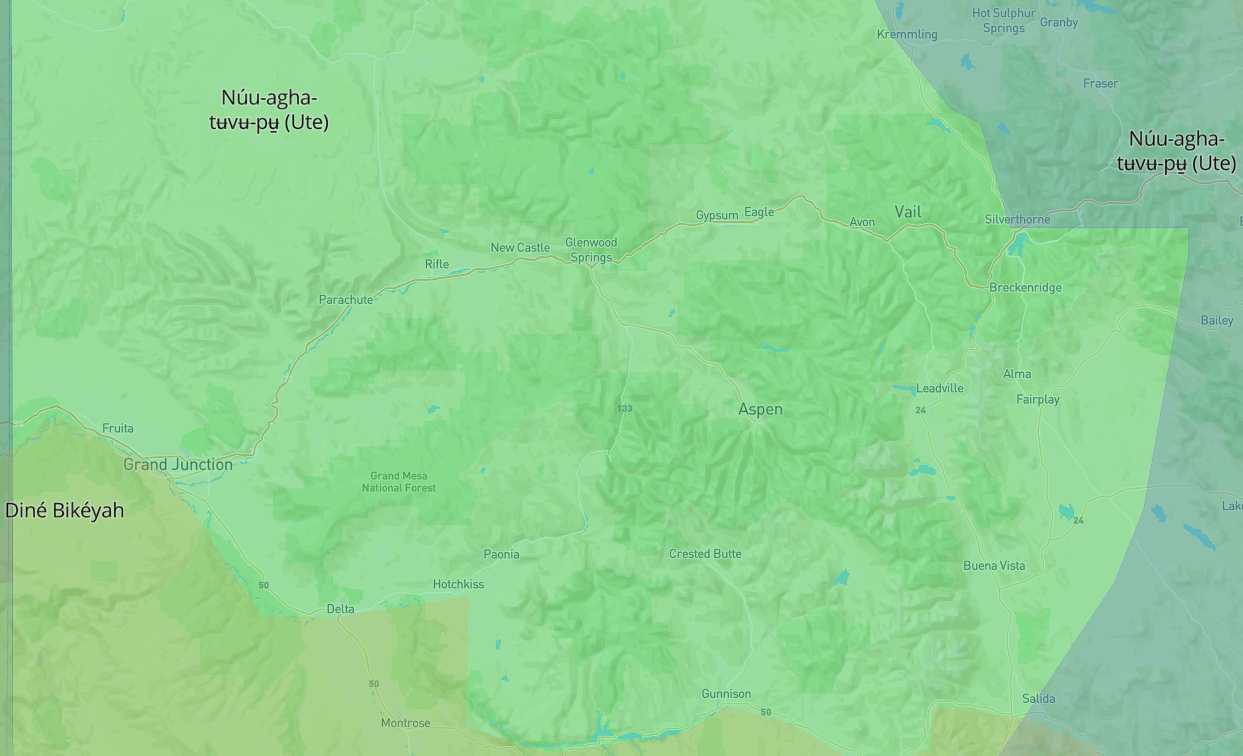
The US government, by way of the broken treaties of Cession 616 and Cession 515 with the Ute people, still holds much of the land, overseen by the Bureau of Land Management (BLM).
Environmental Groups Win Historic Lawsuit Against the BLM
In 2015 the BLM passed a long term plan that maintained its status quo of keeping cozy with the oil and gas industry - allowing for continued widespread drilling.
Environmental groups interrupted that status quo by taking the BLM to court. They sued the agency for failing to consult the Ute tribe and not taking into account the greenhouse emissions that would result, deepening the climate crisis.
The judge ruled in their favor, forcing the BLM back to the drawing board, this time consulting with the Ute tribal agencies and other community members and taking into account the environmental impact of the proposals.
Two Proposals: One Tepid, Another Bold
The result was two new proposals, Alternative E and Alternative F. Read the full BLM Report with Alternative E and Alternative F.
Alternative E is the BLM's preferred plan, one that makes some compromises to appease the legal settlement. Alternative F is "the alternative derived from public scoping comments." In other words, informed by comments from the general public. Unsurprisingly, Alternative F is clearly the better plan.
Here's a breakdown of the difference between the two.
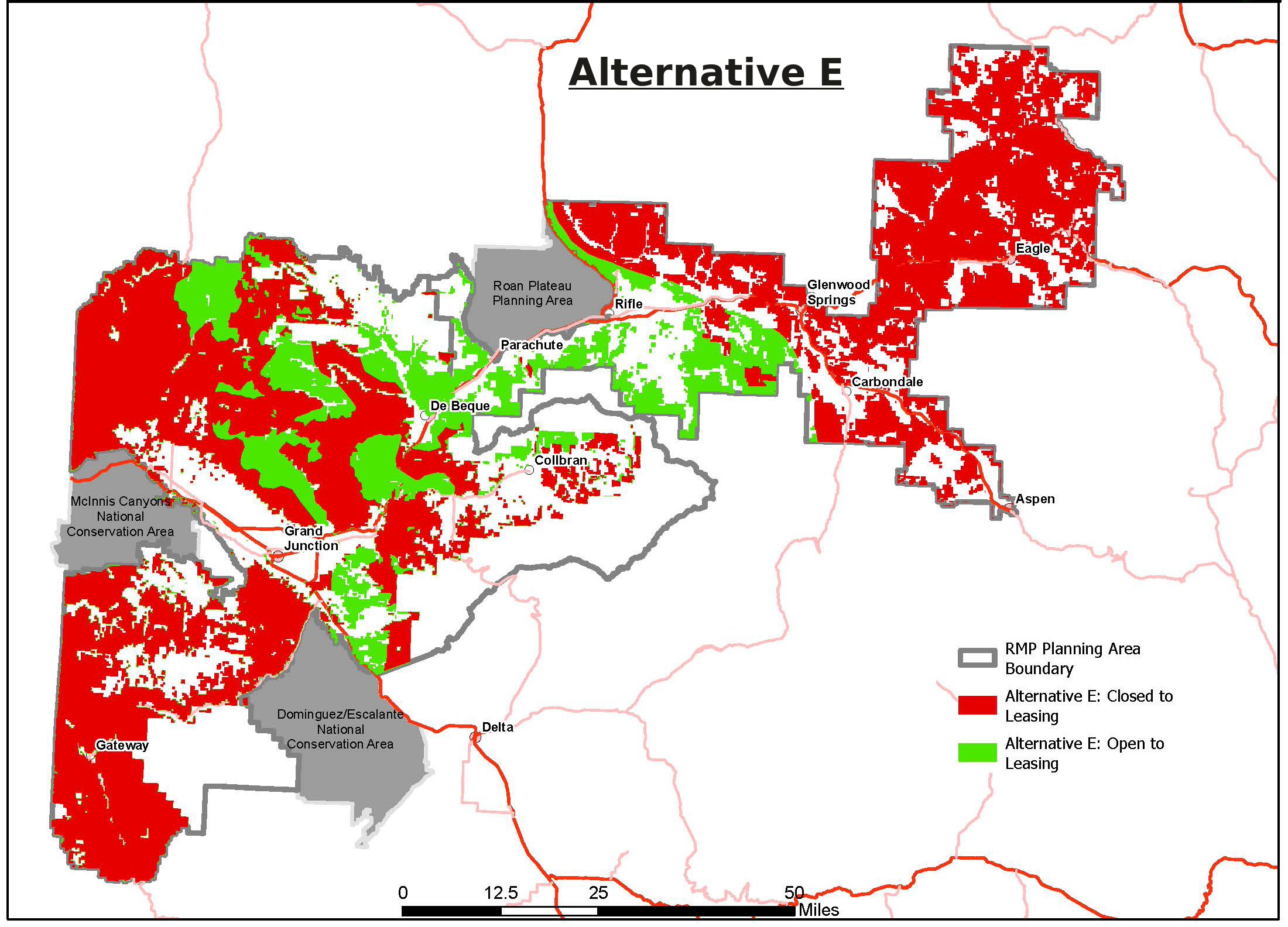
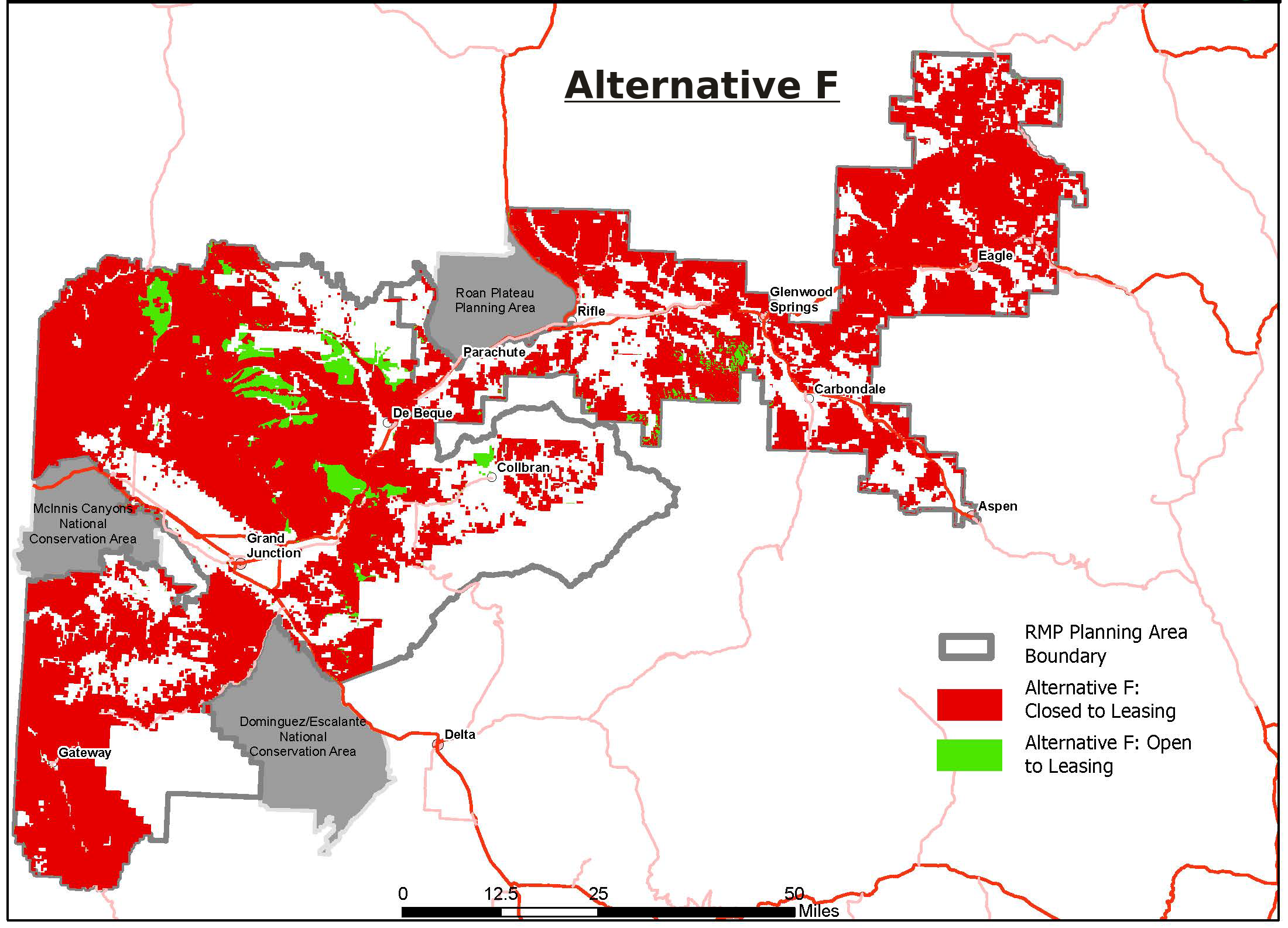
Alternative F protects much more land from drilling than Alternative E does. Alternative F leaves open 87,100 acres for further oil and gas extraction, while Alternative E opens up an additional 151,900 acres.
Here is a summary of some of critical areas that Plan F protects, while Plan E opens the door for environmental destruction.
| Plan E | Plan F | |
|---|---|---|
| # of acres protected from drilling |
1,566,300 | 1,844,200 |
| Protect from drilling: | ||
| Critical habitat for endangered species | No | Yes |
| All land with wilderness characteristics | No | Yes |
| All areas of critical environmental concern | No | Yes |
| All special recreation management areas | No | Yes |
| All designated extensive recreation management areas | No | Yes |
| Important bird areas | No | Yes |
| Crucial habitat for native trout | No | Yes |
| Dolores River corridor | No | Yes |
| All wild and scenic river segments | No | Yes |
| Areas of tribal significance | No | Yes |
| Colorado Natural Heritage program areas with outstanding biodiversity significance | No | Yes |
| Managed wildlife emphasis areas | No | Yes |
| Two bighorn sheep habitats | No | Yes |
| Municipal watersheds and source water protection areas | No | Yes |
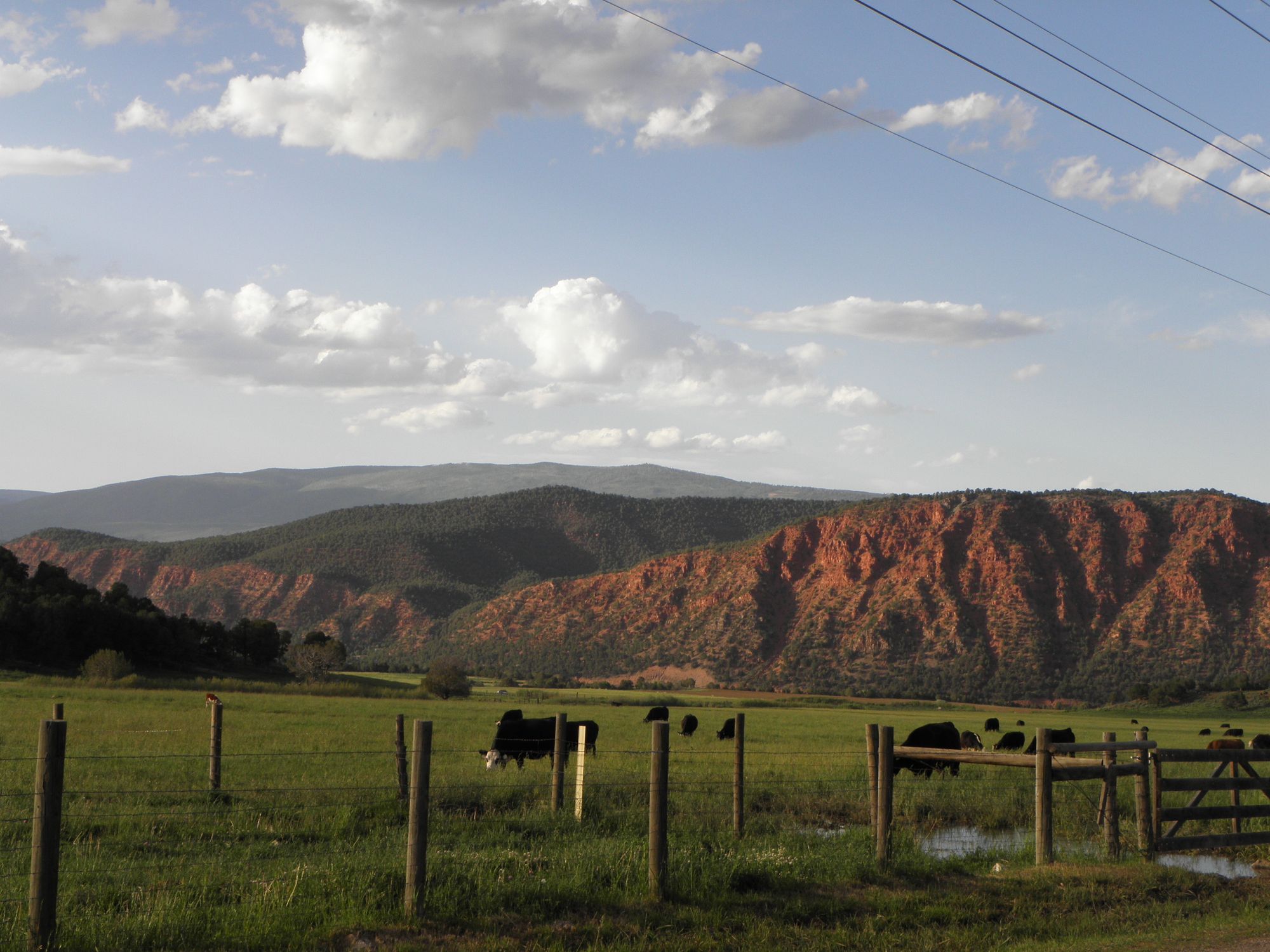
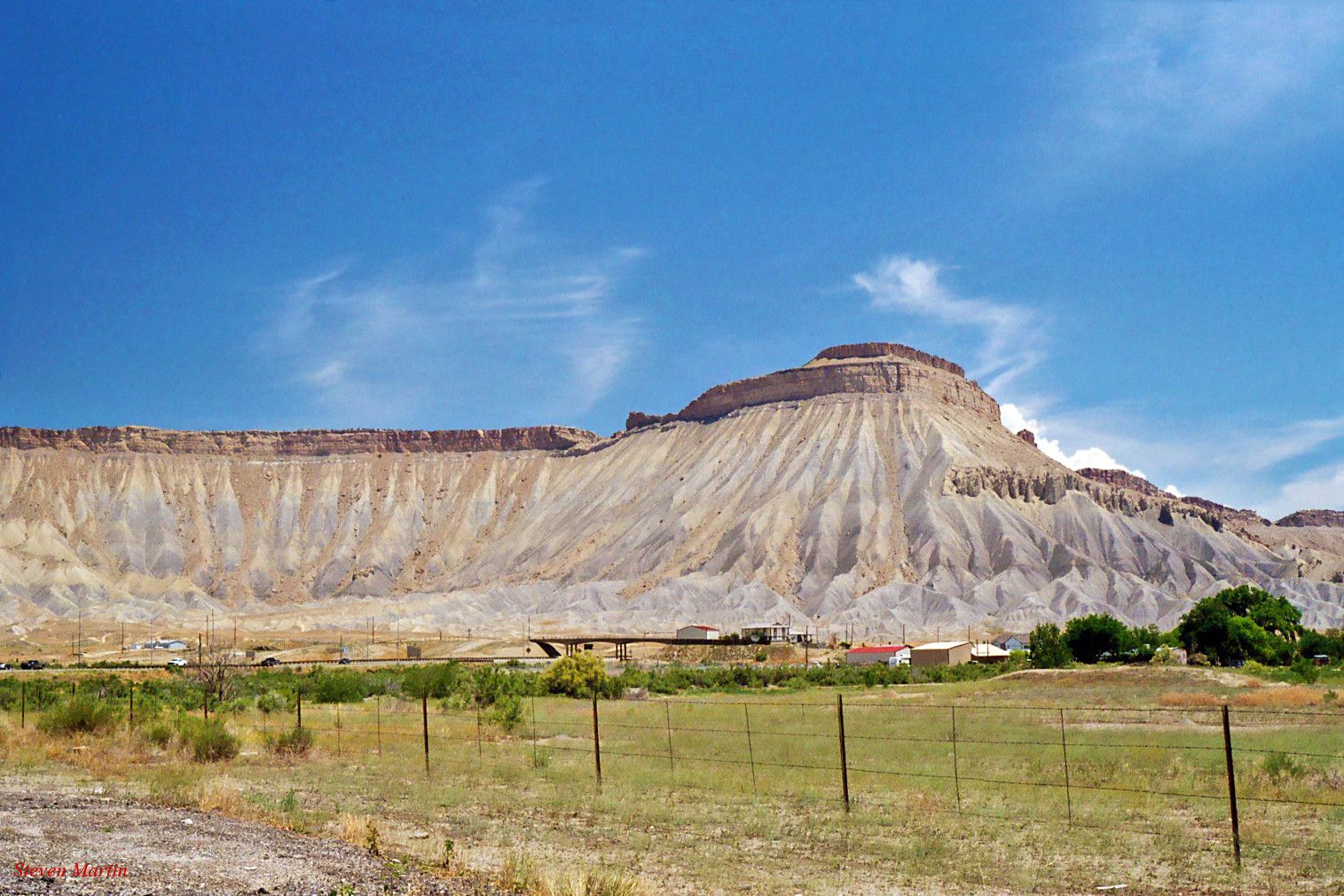
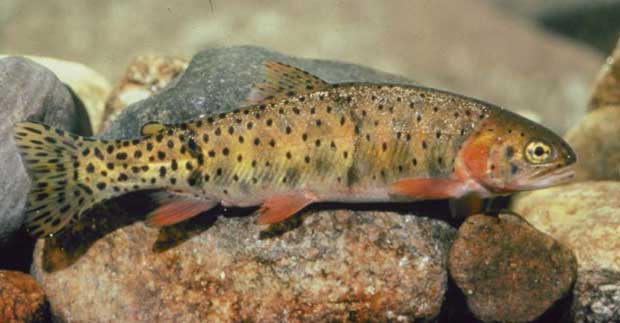
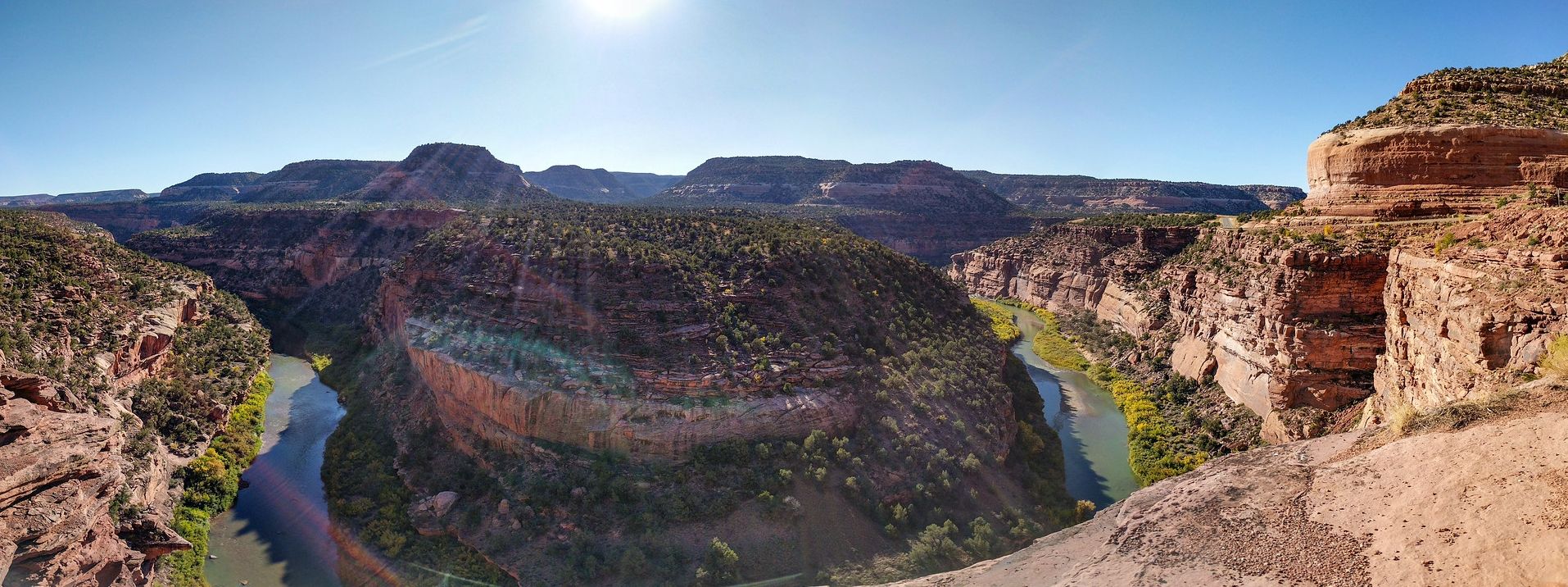

Our Chance to Significantly Phase Out Fossil Fuels and Heal the Land in Western Colorado
In addition to protecting and stewarding more habitat, the fewer acres open to drilling, the easier it will be to rapidly transition away from fossil fuels to avoid the worst of the climate catastrophe.
The lawsuit forcing the BLM back to the table was a huge victory. Now we can capitalize on it by mobilizing to get Alternative F passed.